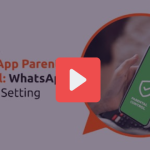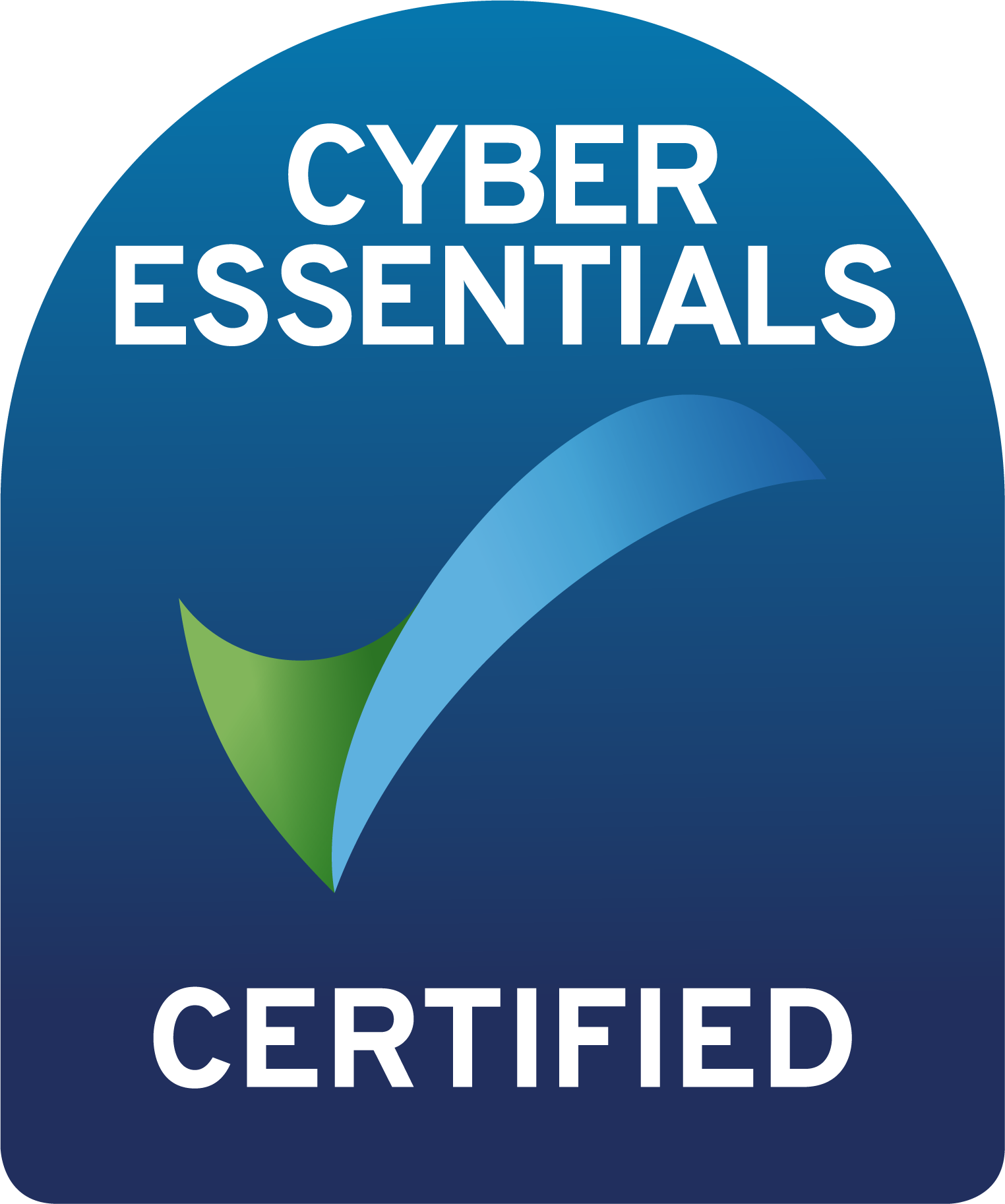
Parenting in the digital age comes with challenges that past generations never faced. From AI tools in schools to social media dangers, kids today are growing up in a world where screens are a central part of life.
Here are 5 shocking facts that every parent should know to help their child navigate technology safely.
1. Social Media and Its Hidden Risks
64% of kids under 13 have social media accounts
Despite age restrictions on platforms like Instagram, TikTok, and Snapchat, many younger kids create accounts by faking their birthdate.Why is this a concern?
Exposure to inappropriate content
Cyberbullying and online harassment
Obsession with likes and online validation
What parents can do:
Monitor their accounts and online activity.
Discuss the risks of social media openly.
Set boundaries for screen time and app usage.
2. The Role of AI in Schoolwork
26% of kids use ChatGPT for homework
AI-powered tools like ChatGPT have doubled in popularity among students in just one year.Should parents be worried?
While AI can be a helpful learning tool, it also raises concerns about:Over-reliance on technology instead of critical thinking
Potential plagiarism issues
Misinformation from AI-generated responses
What parents can do:
Talk to your child about ethical AI use and encourage them to think critically about the information they receive.
3. The YouTube Addiction
15% of teens watch YouTube “almost constantly”
YouTube isn’t just an occasional source of entertainment—it’s become the primary platform where many kids consume content.How this differs from past generations:
Millennials and Gen X watch short clips and music videos.
Gen Z and Gen Alpha treat YouTube like TV, binge-watching content for hours.
Why it’s a concern:
Excessive screen time can impact sleep, mental health, and productivity.
Unfiltered content can expose kids to harmful material.
How parents can help:
Set time limits and use parental controls to filter content.
4. The Cyberbullying Epidemic
71% of tweens have encountered cyberbullying
Online bullying is more common than ever, and it can take many forms:Mean comments on social media
Harassment in group chats
Exclusion from online communities
Why it’s dangerous:
Cyberbullying can lead to anxiety, depression, and low self-esteem.
Many kids suffer in silence without telling their parents.
What parents can do:
Keep an open line of communication with your child.
Teach them how to block, report, and handle online bullies.
Encourage them to come to you if they ever feel unsafe.
5. Video Games: More Than Just a Hobby
41% of teens play video games daily
Gaming has always been popular, but today’s kids have access to games 24/7 across multiple devices.Potential risks:
Online multiplayer games expose kids to cyberbullying and inappropriate conversations.
Some games contain extreme violence and disturbing content.
Apps like Discord allow communication with strangers.
What parents can do:
Set limits on gaming time.
Check the content of the games they play.
Educate them about online safety in multiplayer environments.
The Impact of Screen Time on Mental Health

Excessive screen time can lead to sleep disturbances, anxiety, and lower attention spans.
Studies show a link between high screen use and increased feelings of loneliness and depression in kids.
Social media comparisons can negatively impact self-esteem and body image.
Setting screen time limits and encouraging offline activities can help maintain a healthy balance.
How to Teach Kids Digital Responsibility
Educate kids about online privacy and the importance of protecting personal information.
Encourage critical thinking about the content they see online.
Teach them to recognize and avoid online scams, fake news, and inappropriate content.
Set clear family rules for technology use, including screen-free zones and times.









